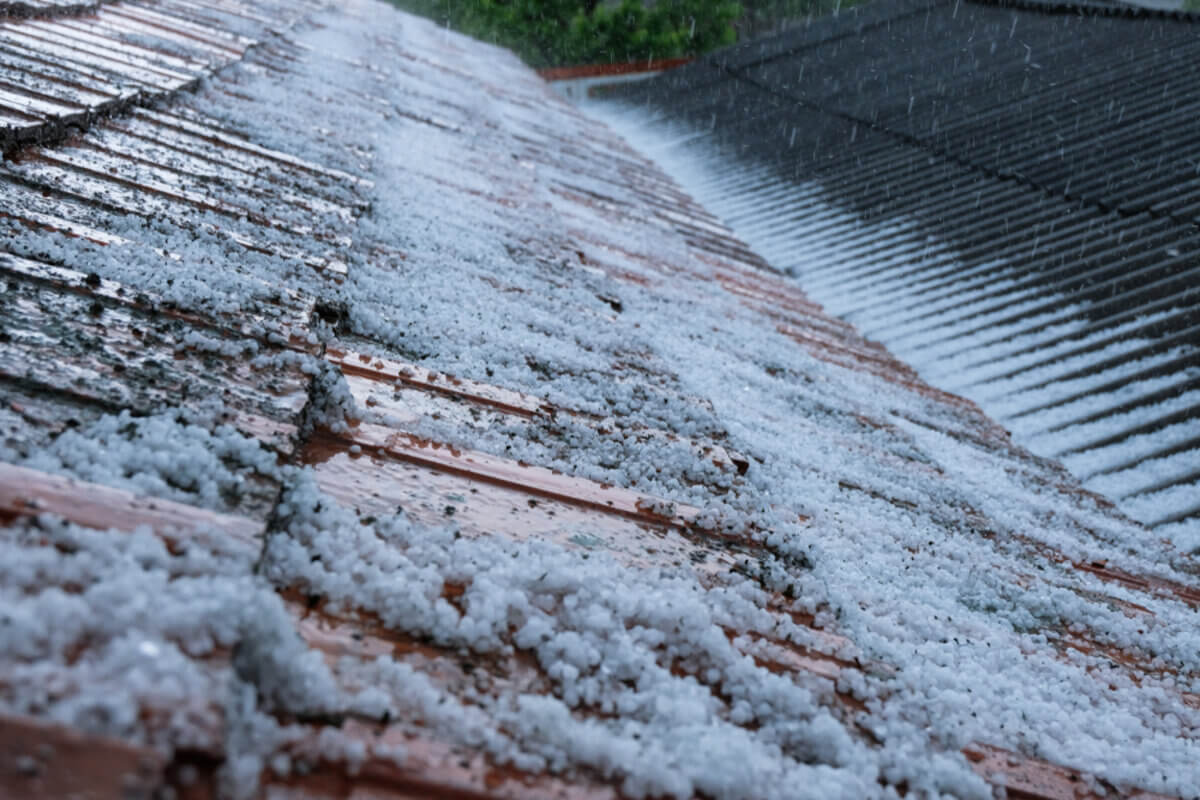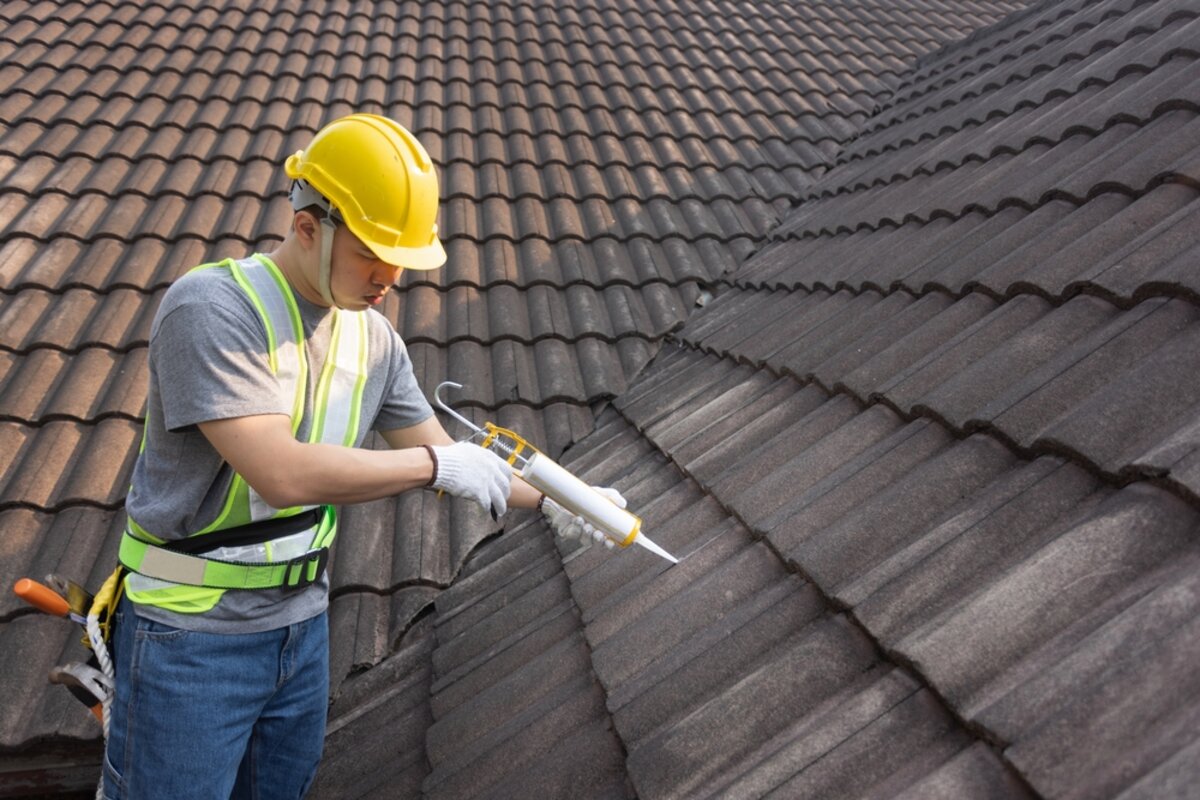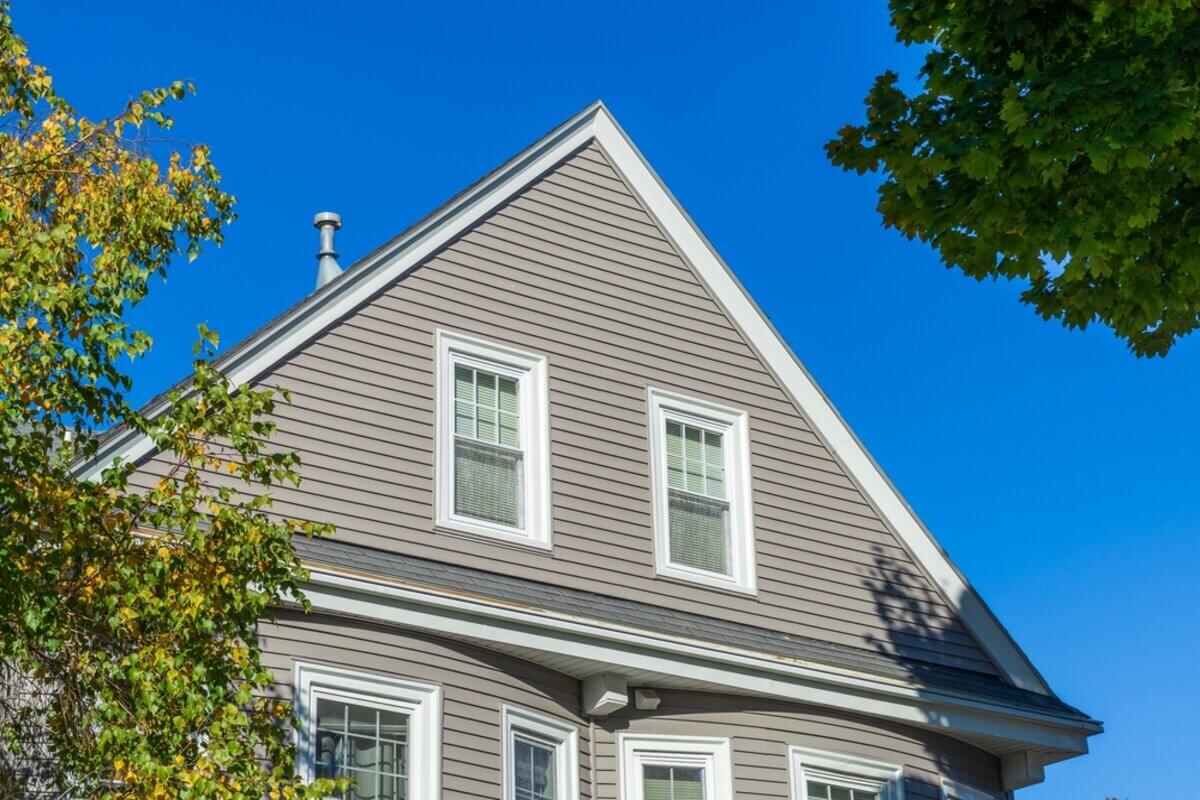Hailstorms can strike suddenly, leaving behind a trail of destruction, especially to your home’s roof. But how can you tell if your roof has been affected? Knowing what hail damage looks like is crucial to preventing further damage to your home. Whether you’re dealing with a minor storm or a severe hail event, it’s important to recognize the signs early.
How Hail Damages a Roof
Hailstones, varying in size from small pellets to golf-ball-sized chunks, can inflict serious damage to your roof. The type of damage depends on several factors, including the size of the hail, the roof’s material, and the age of the roof. Shingles, tiles, and metal roofing can all show signs of wear differently. Understanding these differences can help you assess the severity of the damage.
Types of Roof Materials and How They React to Hail
Different roofing materials react in various ways when pelted by hail. Here’s a breakdown of what you might see:
- Asphalt shingles: This is the most common roofing material, and it’s also the most vulnerable. When hail hits asphalt shingles, it can cause bruising, cracking, and granule loss. Bruising occurs when the underlying matting is damaged, even if the surface appears intact. Granule loss, where the protective outer layer is worn away, can lead to faster aging of the roof.
- Wood shingles or shakes: Wood shingles can crack or split under the force of hail. You might notice sharp edges or breaks in the wood, often in a random pattern. These splits can expose your roof to moisture damage if left unrepaired.
- Metal roofs: Metal roofing is generally more durable, but it isn’t immune to hail damage. Look for small dents or dimples, especially in thinner metals. Although these dents may seem cosmetic, they can weaken the material over time.
- Clay and concrete tiles: These materials are brittle, making them susceptible to cracking and shattering upon impact. A quick inspection will reveal broken or chipped tiles, which need to be addressed immediately to prevent water infiltration.
Common Signs of Hail Damage on a Roof
Recognizing hail damage quickly is key to avoiding costly repairs. Here are some signs to look for:
Dented or Cracked Shingles
One of the most obvious signs of hail damage is dents or cracks in shingles. If your roof has asphalt shingles, check for bruises or soft spots that feel like a dented apple. The protective granules on shingles might also be dislodged by hail impact, exposing the underlying material to the elements.
Missing Granules on Asphalt Shingles
Granule loss may not seem serious at first glance, but it can lead to major issues down the road. The granules on your shingles act as a barrier against UV rays and water. When these granules are knocked off by hail, it leaves the roof vulnerable to sun exposure and eventual leaks.
Damage to Roof Vents, Flashing, and Skylights
Hail damage isn’t limited to shingles. Roof vents, flashing, skylights, and other fixtures can also take a beating. Check metal flashing for dents or bending, and inspect skylights for cracks. Even small cracks can lead to water leaks, so it’s important to address these issues promptly.
Splits or Breaks in Wooden Shakes
If your roof has wood shingles or shakes, splits and cracks are a common sign of hail damage. Look closely for breaks in the wood, particularly if they seem fresh and sharp. These cracks often allow moisture to seep in, which can cause the wood to rot over time.
Why It’s Important to Repair Hail Damage Quickly
Hail damage may seem minor at first, but it can lead to serious problems if not addressed. A cracked or dented shingle can allow water to penetrate the roof, leading to leaks, mold, and structural damage. In some cases, hail can even reduce the lifespan of your roof by causing premature wear.
How Long Can You Wait Before Repairing Hail Damage?
Many homeowners may not notice hail damage immediately, especially if it’s minor. However, waiting too long to repair hail damage can lead to escalating problems. Moisture that seeps into cracks can lead to leaks, and UV rays can further weaken exposed shingles. It’s best to have your roof inspected after any major hailstorm to catch problems before they worsen.
The Role of Insurance in Hail Damage Repair
If your roof has suffered hail damage, you may be able to file a claim with your homeowner’s insurance. Many policies cover hail damage, but it’s crucial to document the damage with photos and a professional inspection report. Contact your insurance company as soon as possible to understand the coverage and claims process.
Conclusion

Hail damage can be subtle or obvious, but it always has the potential to harm your roof in the long term. Whether you see missing granules, cracked shingles, or damaged vents, it’s essential to take action. Regular roof inspections, particularly after a hailstorm, can help you catch damage early and prevent costly repairs.
By knowing what hail damage looks like and addressing it promptly, you can protect your home from leaks, water damage, and structural deterioration. Contact Perfect Exteriors today to schedule a professional inspection and ensure your roof is in top condition.








